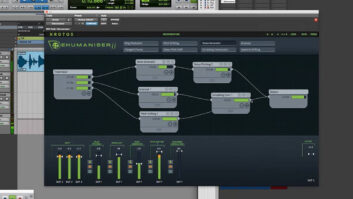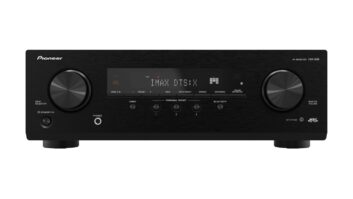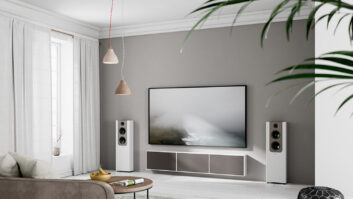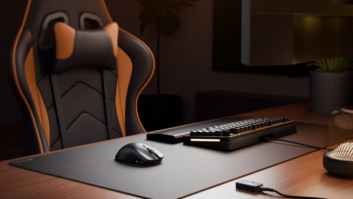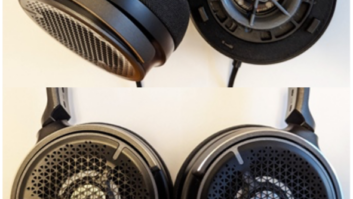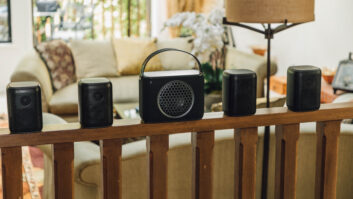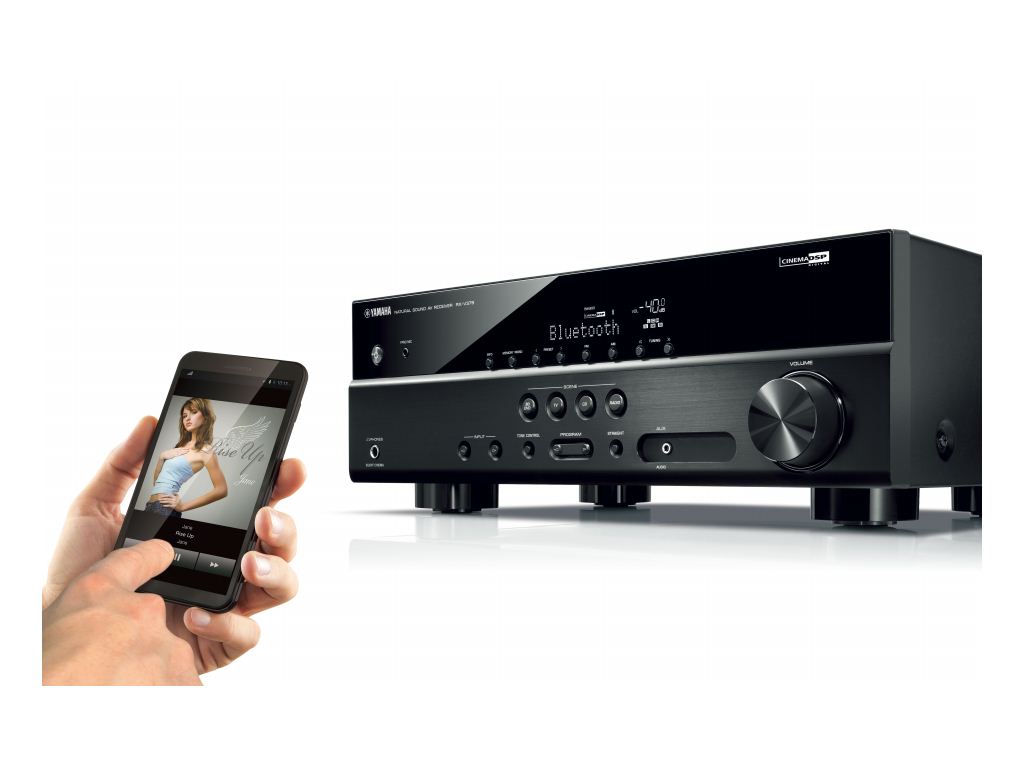
Buena Park, Calif. – Built-in Bluetooth and HDCP 2.2 copy protection will be among the big changes coming this year to Yamaha’s low- to mid-price RX-V series of audio/video receivers (AVRs), if the launch of an opening-price model is any indication.
The $299-suggested 5.1-channel RX-V379, shipping this month, is Yamaha’s first RX-V receiver with built-in Bluetooth and first announced AVR of any Yamaha series with HDCP 2.2 copy protection on HDMI 2.0 ports.
Though it lacks Dolby Atmos and DTS:X object based surround decoding, one or both technologies could still come this year to the series, which ranges up to $849 in suggested retail price. The upper scale Aventage series ranges from $699 to $2,199.
The AVR’s HDMI 2.0 ports enable 4K Ultra HD pass-through at 60fps with 4:2:0 color sampling, though not with 4:4:4 color sampling. With the addition of HDCP 2.2 copy-protection technology, the AVRs will pass through HDCP 2.2-protected 4K content from future 4K streaming devices and 4K Blu-ray players to HDCP2.2-equipped TVs. Consumers who try to stream protected 4K content through an AVR lacking HDCP 2.2 would get a black screen on their TV.
The AVR comes with four HDMI inputs and one HDMI output, but HDCP 2.2 is used only on one input and on the output.
The AVR’s discrete amp configuration is rated at 5×70 watts into 8 ohms, two channels driven from 20Hz to 20kHz with 0.09 percent THD.
To improve the sound quality of compressed Bluetooth music streams and other compressed-music sources, the AVR features proprietary Compressed Music Enhancer. It also offers HD Audio format decoding, including Dolby TrueHD, DTS-HD Master Audio, Dolby Digital Plus and DTS-HD High Resolution Audio.
Virtual Cinema Front, positioned as a bridge between active soundbars and traditional 5.1-speaker setups, is said to deliver an improved surround image compared to the AVR’s Virtual Cinema DSP, which creates a virtual surround sound field from two speakers. Virtual Cinema Front uses Air Surround Xtreme virtual-surround technology, which is used in the company’s lower priced active soundbars, to deliver a four-foot-wide sweet spot, though best results are obtained by sitting dead center, a spokesman previously said. Surround speakers must be placed farthest to the left and right between the front left- and right-channel speakers.
The component also features proprietary YPAO automatic system calibration, which optimizes sound based on speaker placement.





